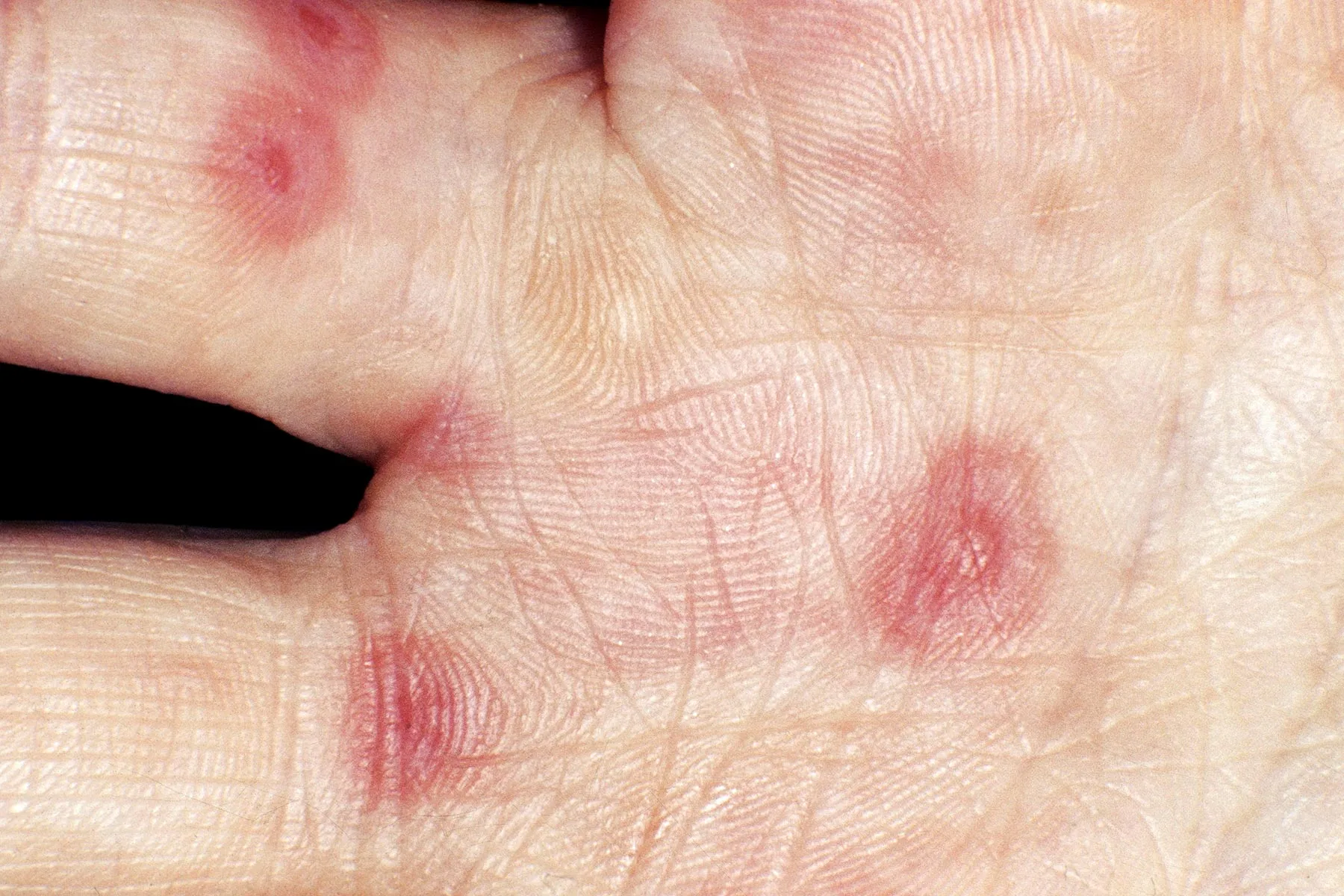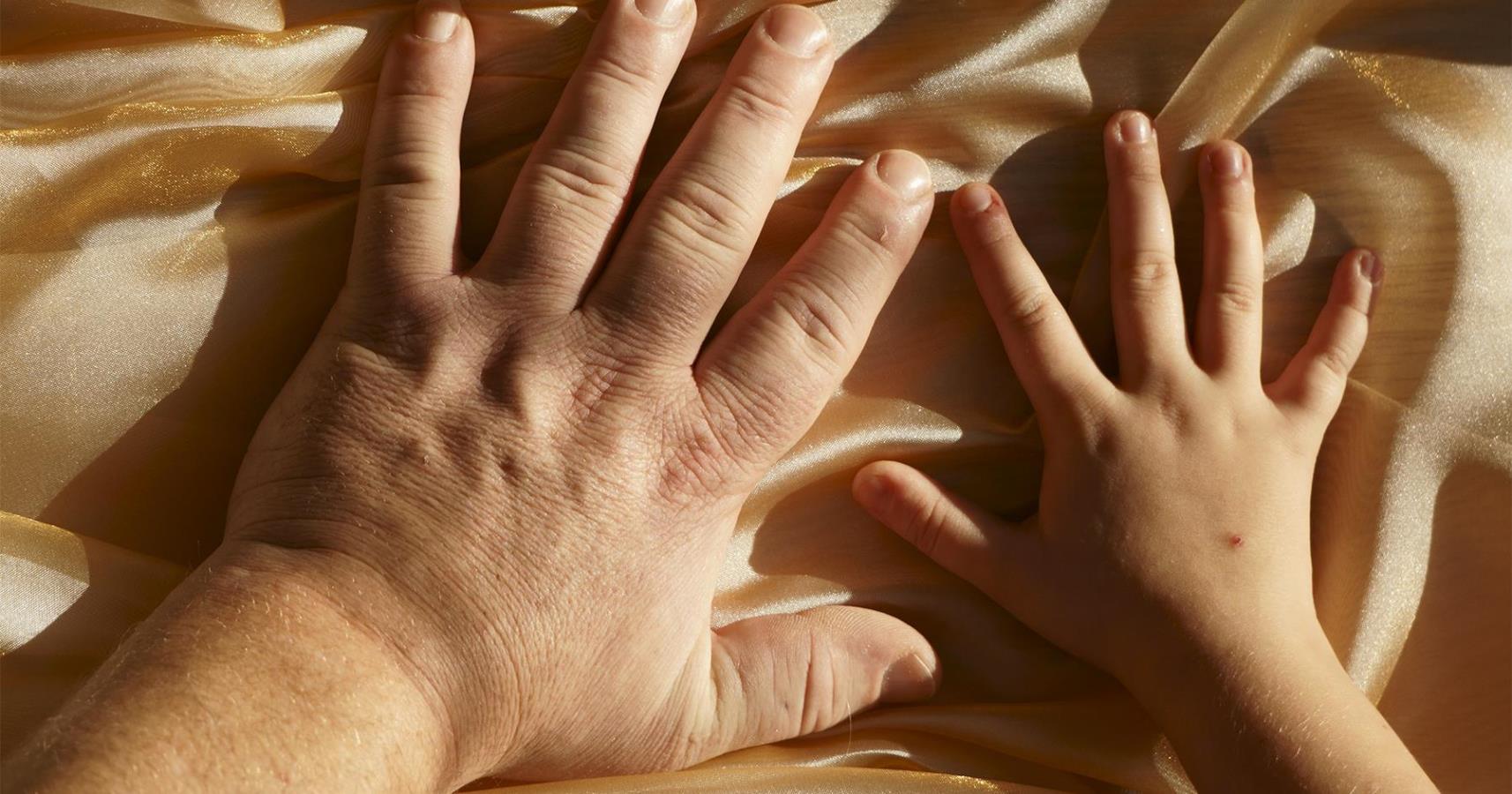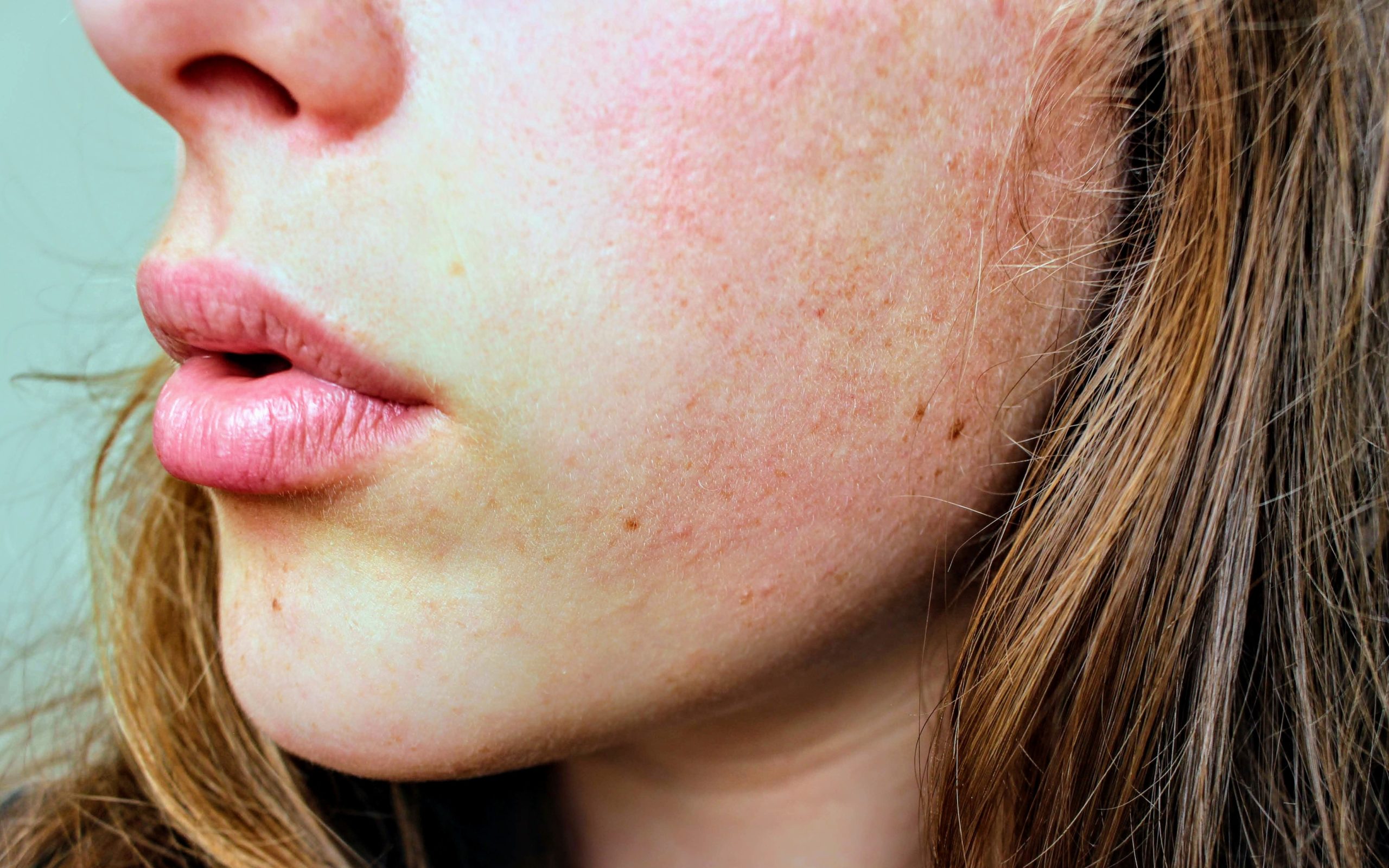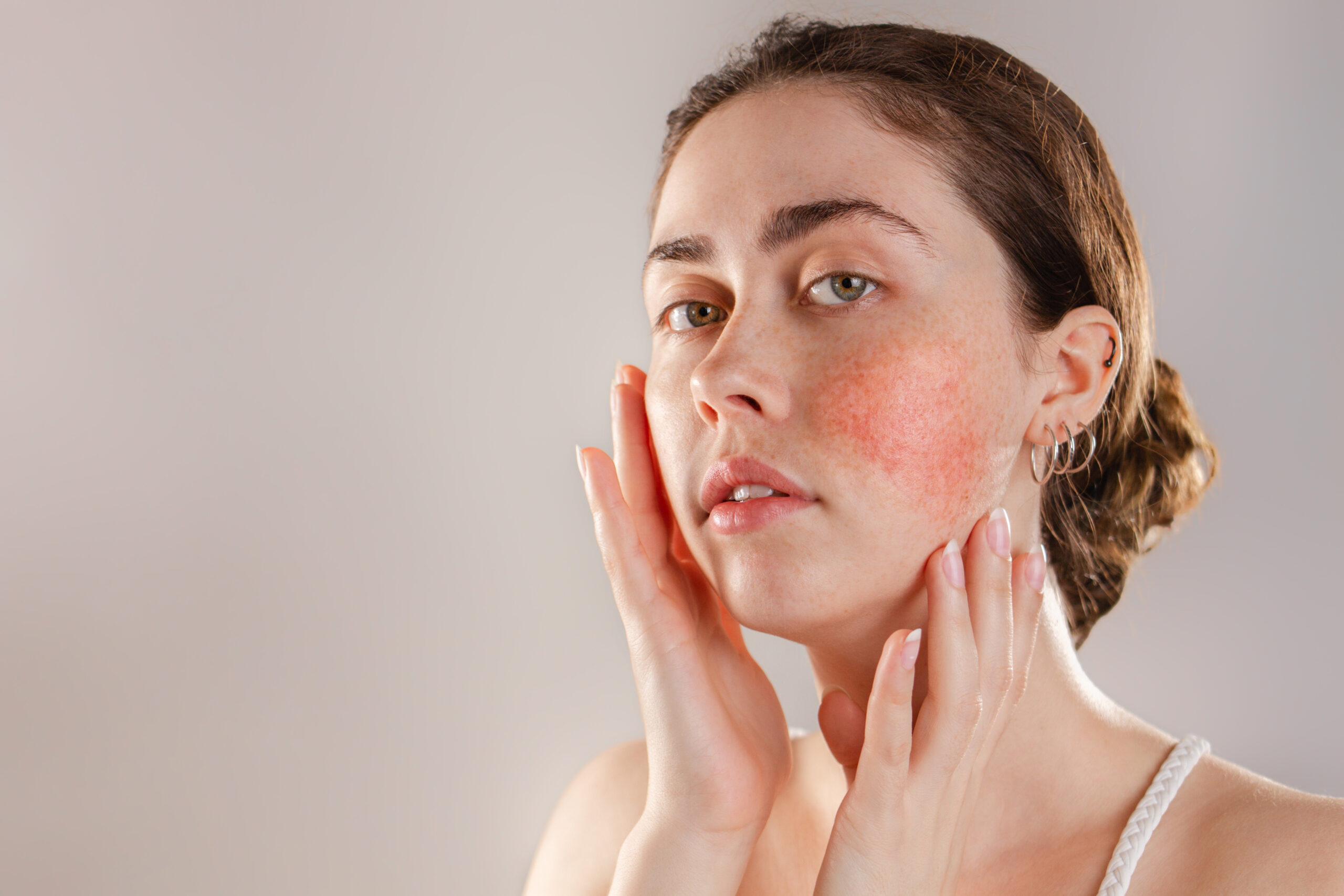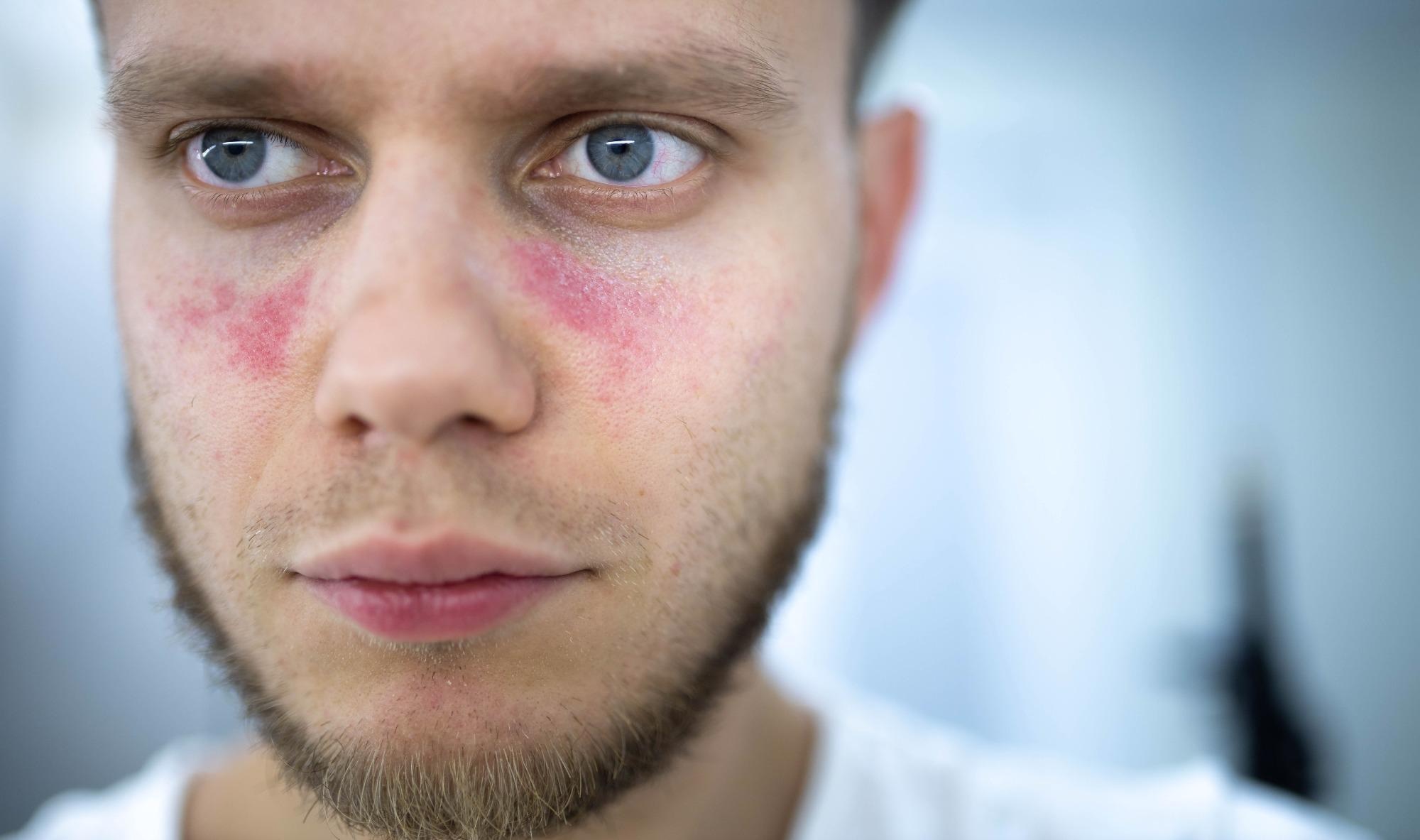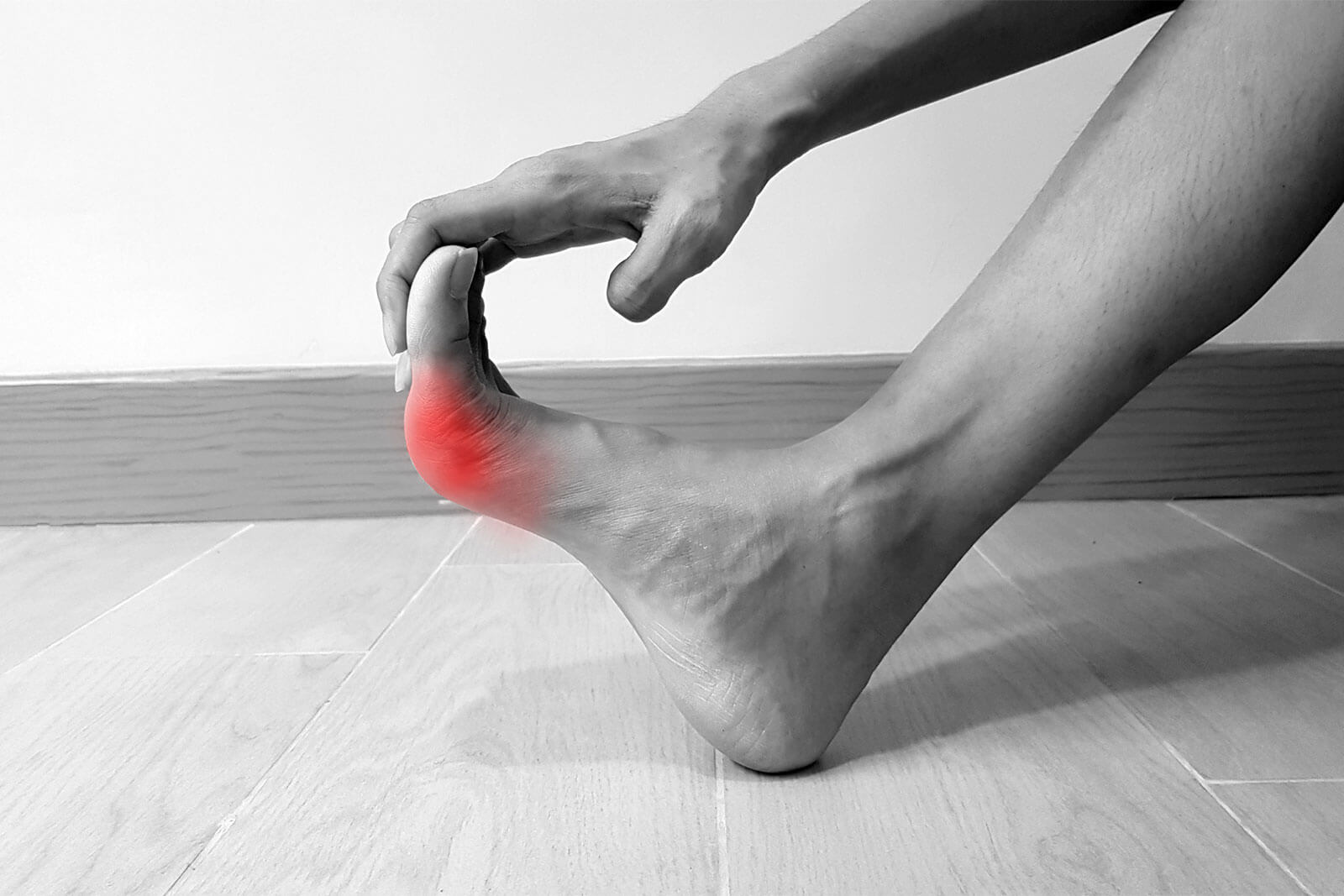Overview
Autoimmune blistering diseases are a rare group of skin and mucosal conditions characterized by the immune system mistakenly attacking healthy skin cells and mucous membranes as if they were foreign invaders. This immune dysfunction causes separation between skin layers, resulting in blister formation. These diseases can affect not only the skin but also mucous membranes in areas such as the mouth, nose, eyes, throat, and genitals. While there is no cure, accurate diagnosis and personalized treatment can effectively manage the condition and reduce the risk of complications.
Disease Types
Autoimmune blistering diseases encompass a variety of subtypes, with the following being the most prominent:
Pemphigus
This category affects both the skin and mucous membranes, including the mouth, nose, throat, eyes, and genital areas. The blisters are typically soft and prone to rupture. Learn more about Pemphigus.
Pemphigoid Diseases
- Bullous Pemphigoid
Primarily affects older adults aged 60–80, presenting as intensely itchy blisters on the skin, particularly on the arms, legs, and abdomen. Explore Bullous Pemphigoid. - Mucous Membrane Pemphigoid
Targets mucous membranes in the mouth, eyes, nose, throat, and genitals, often leading to localized functional impairment. More details at Mucous Membrane Pemphigoid. - Pemphigoid Gestationis
Occurs during pregnancy or postpartum, starting with skin papules that evolve into blisters, commonly on the abdomen, arms, and legs. Learn about Pemphigoid Gestationis.
IgA-Mediated Blistering Skin Diseases
- Dermatitis Herpetiformis
Commonly linked to celiac disease, this condition causes severely itchy blisters on the elbows, knees, scalp, and buttocks. Visit Dermatitis Herpetiformis. - Linear IgA Disease
Characterized by new blisters forming in a “string of pearls” pattern around existing ones, with possible mucosal involvement. More at Linear IgA Disease.
Epidermolysis Bullosa Acquisita
Affects middle-aged and older adults, causing fragile skin that blisters with minor trauma. Discover more at Epidermolysis Bullosa Acquisita.
Clinical Manifestations
While each type of autoimmune blistering disease has unique traits, they share common features:
- Blister Distribution: Blisters may appear on the skin or mucous membranes, depending on the disease type.
- Symptom Description: Patients often experience pain and itching, with ruptured blisters potentially leading to ulcers or scarring.
- Localized Dysfunction: Blisters in the mouth or throat can impair eating and swallowing, while eye involvement may affect vision.
Causes
Normally, the immune system defends against external pathogens, but in autoimmune blistering diseases, it misidentifies and attacks healthy tissues. Key contributing factors include:
Genetic Susceptibility
Certain individuals carry specific genes that increase disease risk. Learn about genetic factors at Genetic Susceptibility.
External Triggers
Factors such as UV exposure, certain chemicals (e.g., pesticides), hormonal changes, and viral or bacterial infections can initiate symptoms.
Drug-Induced Reactions
Medications like diuretics for hypertension, rheumatoid arthritis drugs, antipsychotics, and antibiotics (e.g., amoxicillin, ciprofloxacin, penicillin) may trigger similar responses. Symptoms typically subside after discontinuing the drug.
Diagnostic Methods
Dermatologists employ several techniques to confirm the diagnosis:
- Skin Biopsy
A sample from the blister site is examined to assess layer separation. More on Skin Biopsy. - Direct Immunofluorescence
Staining of biopsy samples detects antibody deposits in the skin, pinpointing the disease type. Details at Direct Immunofluorescence. - Blood Tests
Measures abnormal antibody levels in the blood to evaluate disease severity and treatment efficacy. Learn about Blood Tests.
Treatment Strategies
Although no cure exists, treatment focuses on controlling symptoms, managing the condition, and preventing complications. Options include:
Medication
- Corticosteroids: Drugs like prednisone suppress inflammation and immune activity.
- Immunosuppressants: Common options include azathioprine, cyclophosphamide, and mycophenolate mofetil.
- Biologics: Rituximab is used for moderate to severe cases.
Intensive Therapies
- Intravenous Immunoglobulin (IVIG): Supplies normal antibodies to regulate immune responses. More at IVIG.
- Plasmapheresis: Removes harmful antibodies from the blood to reduce disease activity.
Infection Prevention
Ruptured blisters are prone to infection, prompting the use of antibiotics, antivirals, or antifungals as needed.
Daily Care Tips
Beyond professional treatment, daily self-care is vital:
- Maintain Cleanliness: Clean affected areas as prescribed to avoid friction or trauma to blisters.
- Personal Hygiene: Regularly wash clothing, bedding, and towels to keep skin-contact items sanitary.
- Oral Care: Patients with mouth blisters should consult a dentist for specialized care plans.
Conclusion
Despite the complexity and variety of autoimmune blistering diseases, advancements in diagnostics and treatments allow most patients to achieve symptom relief and disease stability. Regular communication with healthcare providers and consistent follow-ups are essential for tailoring effective treatment plans. By understanding the condition and exploring the provided hyperlinks, patients can enhance their knowledge and ability to cope with these disorders effectively.

